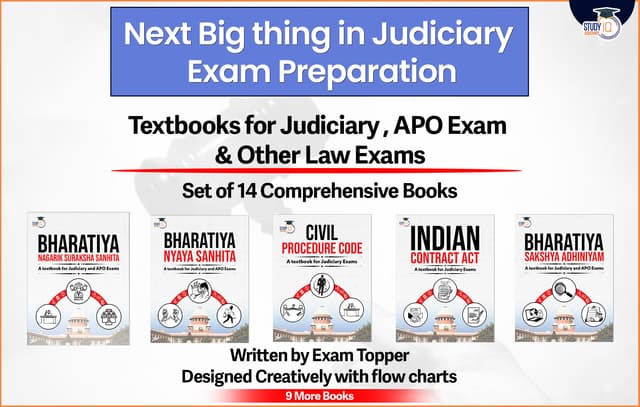Table of Contents
Context: President Droupadi Murmu has recently invoked Article 143 of the Constitution, submitting significant constitutional questions to the Supreme Court. This action requests a judicial interpretation of legal uncertainties regarding the governor’s and presidential authority over State Bills, a subject grounded in the balance of powers within Indian federalism.
What is Presidential Reference?
- According to Article 143 of the Constitution, the President of India may request the Supreme Court’s advisory opinion on any point of law or fact that holds public importance.
- The reference is made upon the advice of the Council of Ministers, and the Court can respond after adjudicating the subject with a minimum bench of five judges in accordance with Article 145.
- It permits the President to address problems stemming from any pre-constitution treaty, agreement, covenant, sanad, or analogous instruments. The Supreme Court must provide its opinion to the President.
- While the Court’s opinion is not legally binding, it possesses significant persuasive authority and is generally adhered to by the executive and judicial branches.
- The provision originates from the Government of India Act, 1935, which permitted the Governor-General to submit legal questions to the Federal Court.
- Comparable processes are present in Canada, where judges provide advisory opinions to the government. The U.S. Supreme Court refrains from issuing such opinions, strictly upholding the principle of separation of powers.
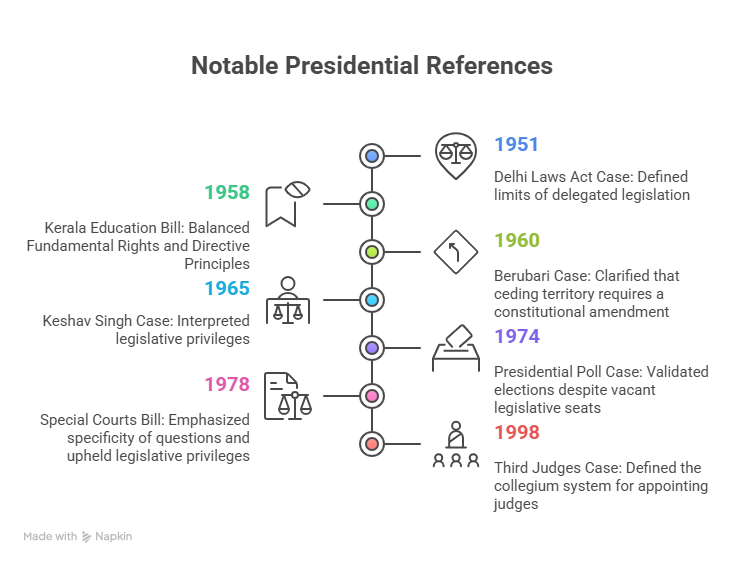
The Current Presidential Reference: What’s at Stake?
- This present reference originates from a recent Supreme Court decision that established deadlines for the President and Governors to respond to state legislature Bills.
- President Droupadi Murmu requested the Supreme Court’s guidance on 14 questions concerning the approval of state bills by a Governor and the President as stipulated in Articles 200 and 201 of the Constitution.
- The reference discusses multiple facets of the recent ruling in the Tamil Nadu governor case, wherein the Supreme Court set aside the Governor’s decision to reserve ten bills enacted by the Tamil Nadu Assembly for the President’s consideration. It determined that all actions undertaken by the President regarding the bills were null and void.
- The Supreme Court subsequently invoked its inherent power under Article 142 to declare these Bills as having been assented to on the date they were submitted to the Governor, due to the excessively prolonged term of pending status.
- The judgment rendered these decisions amenable to judicial review, prompting the Union administration to present 14 constitutional questions, mostly concentrating on:
- The authority of courts to establish deadlines is not delineated in the Constitution.
- Whether the activities of the President and Governors are subject to judicial review before the enactment of a Bill.
- The extent of Article 142, which authorises the Supreme Court to administer complete justice.
- This is happening amidst political tensions between the Union administration and States governed by the Opposition, where delays in gubernatorial approval have raised concerns regarding federalism and executive overreach.
- It might be deduced that this question overlooks the Court’s explicit finding that the application of Article 142 to interpret the Governor’s consent is not universally applicable in instances of the Governor’s inaction. The Judgment indicated that bills would not be automatically considered assented to if the Governor does not comply with the specified timelines established in the Judgment. The inaction on the bills would be subject to judicial review, wherein the Governor could provide justification for the delay.
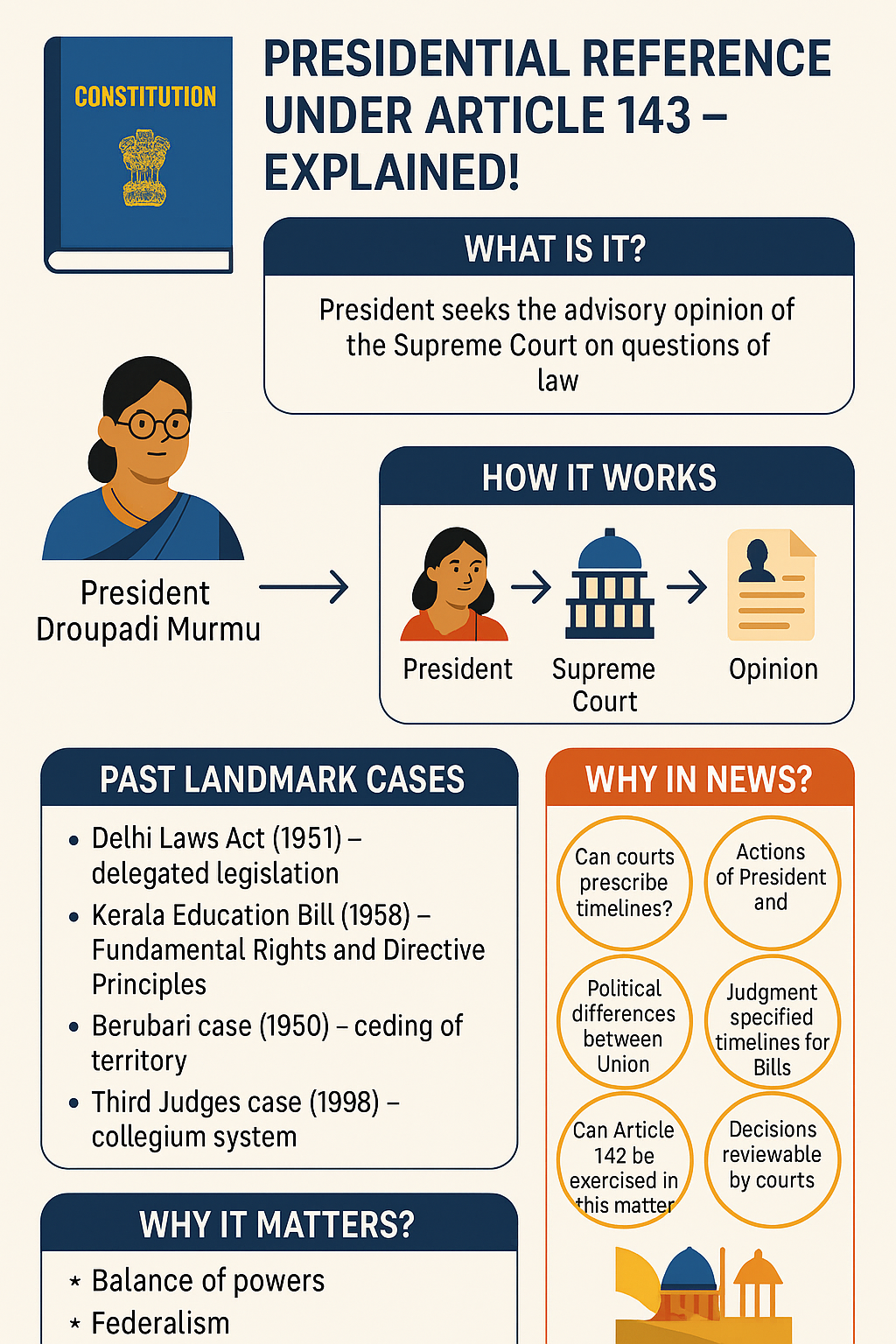
Why This Matters?
- This reference is important as it addresses:
- The limits of judicial power in prescribing executive deadlines.
- The accountability of constitutional heads in legislative procedures.
- The intricate federal equilibrium within India’s democratic structure.
- The Supreme Court’s advisory opinion may provide essential clarification and facilitate exchanges among the legislature, executive, and judiciary.

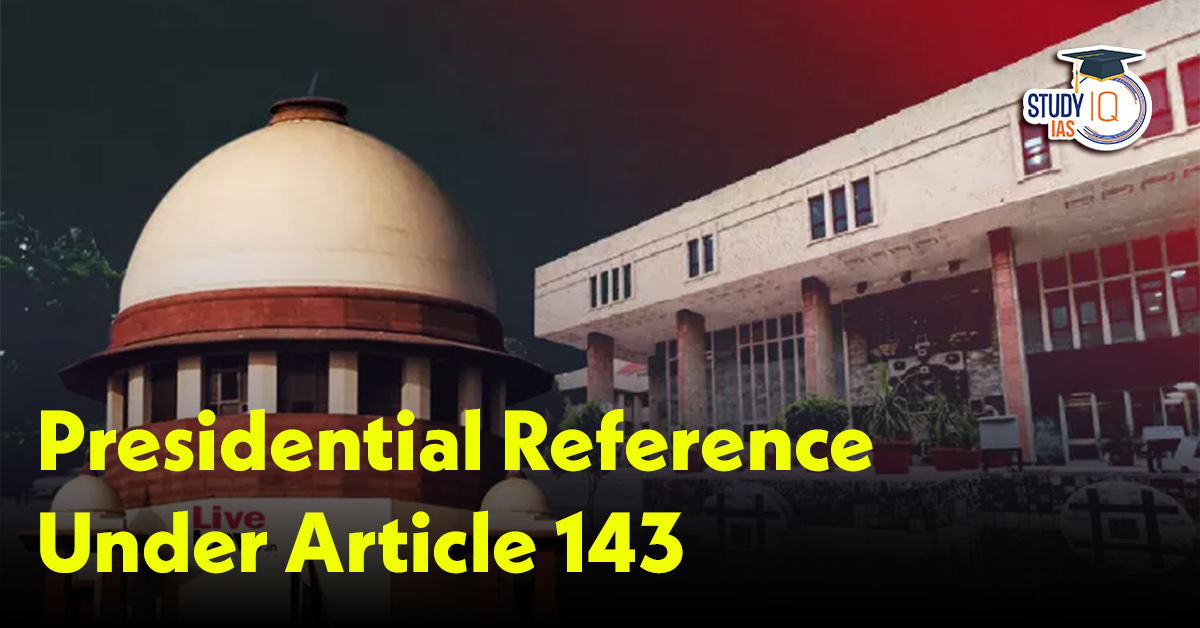
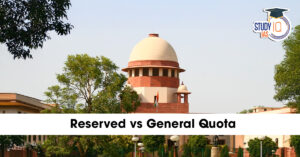 Reserved vs General Quota: Supreme Court...
Reserved vs General Quota: Supreme Court...
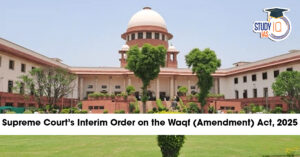 Supreme Court’s Interim Order on the W...
Supreme Court’s Interim Order on the W...






